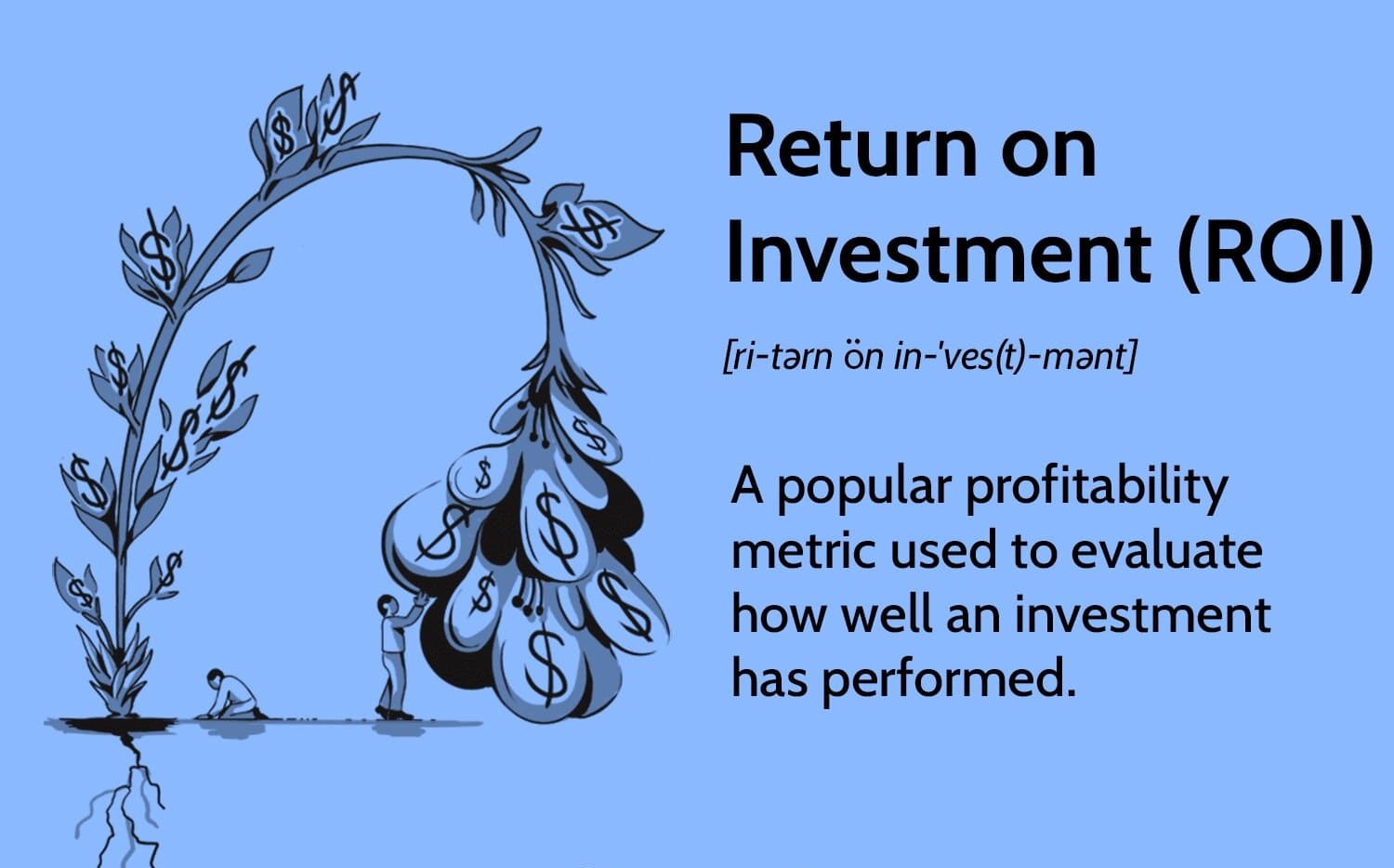Introduction
Investing is a crucial component of financial planning, allowing individuals to grow their wealth and secure their financial future. There are various types of investments available, each with its own benefits and risks. Understanding these investment options is essential for making informed decisions and maximizing returns.
Investments are assets purchased with the expectation of generating income or appreciating in value over time. They offer individuals the opportunity to grow their wealth beyond what traditional savings accounts can offer. However, it’s important to remember that all investments come with a certain level of risk.
When it comes to investing, diversification is key. By spreading your investments across different asset classes, you can mitigate risk and potentially increase your overall returns. In this article, we will explore four common types of investments: stocks, bonds, real estate, and mutual funds.
Understanding the characteristics, benefits, and risks associated with each type of investment will enable you to build a well-rounded portfolio that aligns with your financial goals and risk tolerance.
So, whether you’re a seasoned investor looking to expand your portfolio or a beginner who wants to dip their toes into the investment world, let’s dive into the details of these four types of investments.
Stocks
Stocks, also known as equities, represent ownership in a company. When you buy stocks, you become a shareholder and have a claim on the company’s assets and earnings. Investing in stocks gives you the opportunity to participate in the growth and success of the company.
Stocks are traded on stock exchanges, such as the New York Stock Exchange (NYSE) or the NASDAQ. The prices of stocks fluctuate based on supply and demand, as well as other factors like company performance, industry trends, and economic conditions.
The benefits of investing in stocks include the potential for capital appreciation and dividends. As the company grows and its value increases, the price of its stocks may rise, allowing you to sell them at a profit. Additionally, many companies distribute a portion of their earnings to shareholders in the form of dividends.
However, stocks also come with risks. Stock prices can be volatile, and there is no guarantee of positive returns. Economic downturns, industry shifts, and company failures can all impact the value of stocks. It’s important to conduct thorough research and diversify your investments to mitigate these risks.
Investors can choose to buy individual stocks or invest in a diversified portfolio through index funds or exchange-traded funds (ETFs). Index funds and ETFs allow you to invest in a basket of stocks, providing instant diversification and reducing the risk associated with owning individual stocks.
Whether you’re a conservative investor or willing to take on more risk, stocks can play a crucial role in your investment strategy. They offer the potential for long-term growth and the opportunity to participate in the success of well-performing companies.
Bonds
Bonds are debt securities issued by governments, municipalities, or corporations. When you invest in bonds, you are essentially lending money to the issuing entity in exchange for regular interest payments and the return of the principal amount at maturity.
Bonds are considered a relatively safer investment compared to stocks. They come with fixed interest rates and predetermined maturity dates, providing more certainty in terms of income and return of investment. Bond issuers are obligated to make interest payments to bondholders and repay the principal amount at maturity.
One of the key benefits of investing in bonds is their potential for stable income. Depending on the type of bond, interest payments can be made quarterly, semi-annually, or annually. This makes bonds particularly attractive to income-oriented investors looking for a steady stream of cash flow.
Bonds also offer diversification benefits, as they tend to have different risk profiles than stocks. During times of market volatility, bonds can act as a buffer to offset potential losses from other investments.
There are different types of bonds available, including government bonds, municipal bonds, and corporate bonds. Government bonds are considered the safest, as they are backed by the government’s ability to tax and print money. Municipal bonds are issued by city or state governments to fund public projects. Corporate bonds, on the other hand, are issued by corporations to raise capital for various purposes.
It’s important to note that while bonds provide stability, they are not completely risk-free. The main risk associated with bonds is the chance of default, where the issuer fails to make interest payments or repay the principal amount. Credit ratings can help investors assess the creditworthiness of bond issuers and determine the level of risk involved.
Investors can buy individual bonds or invest in bond funds and bond ETFs, which provide instant diversification across a range of bonds. This allows investors to tailor their bond investments to their risk preferences and investment objectives.
Bonds can be an integral part of a well-diversified investment portfolio, offering stability, income, and potential capital preservation.
Real Estate
Real estate investments involve purchasing properties, such as residential homes, commercial buildings, or land, with the expectation of generating income or capital appreciation.
Investing in real estate offers several advantages. Firstly, real estate can provide a reliable source of passive income. Rental properties can generate regular rental income, while commercial properties can generate lease payments from businesses. In addition, real estate investments have the potential to appreciate in value over time, allowing investors to build equity.
Real estate investments can also act as a hedge against inflation. As the cost of living increases, so does the value of real estate properties. This can help preserve and grow your wealth, as the properties you own become more valuable over time.
Furthermore, real estate offers diversification benefits. The real estate market often behaves independently from the stock market, making it a valuable addition to an investment portfolio. By diversifying your investments across different asset classes, you reduce the risk associated with relying solely on the performance of stocks and bonds.
While real estate can be a lucrative investment, it’s important to consider the risks involved. Property values can fluctuate depending on market conditions, location, and economic factors. Additionally, managing rental properties requires time, effort, and knowledge of the real estate market.
Investors can choose to invest directly in properties by purchasing rental properties or commercial buildings. This grants them full ownership and control over the properties. Alternatively, real estate investment trusts (REITs) provide an opportunity for individuals to invest in real estate indirectly. REITs are companies that own, operate, or finance income-generating real estate assets.
Overall, real estate investments can offer stable income, potential capital appreciation, and diversification benefits. It’s essential to thoroughly research the market, evaluate potential properties, and consider the associated risks before making real estate investments.
Mutual Funds
Mutual funds are investment vehicles that pool money from multiple investors to invest in a diversified portfolio of stocks, bonds, or other assets. They are managed by professional fund managers who aim to achieve the investment objectives of the fund.
One of the key benefits of investing in mutual funds is instant diversification. With a single investment, investors gain exposure to a wide range of securities across different industries and asset classes. This helps to spread risk and reduce the impact of individual security performance.
Mutual funds offer accessibility to investors of all levels of expertise and budget. They are available in different types and structures, from actively managed funds to index funds and exchange-traded funds (ETFs). Investors can choose funds that align with their risk tolerance, investment goals, and time horizons.
Another advantage of mutual funds is professional management. Fund managers conduct research, analysis, and make informed investment decisions on behalf of the investors. This relieves individuals from the day-to-day management responsibilities and allows them to benefit from the expertise of professionals in the field.
Mutual funds also provide liquidity, as investors can buy or sell their shares at the end of each trading day at the net asset value (NAV) price. This makes mutual funds a more flexible investment option compared to other assets, such as real estate or private equity.
It’s important to consider the costs associated with mutual funds, including management fees and expense ratios. These fees can vary depending on the type of fund and the investment company. Investors should carefully evaluate the fees and performance history of a mutual fund before making any investment decisions.
Additionally, it’s crucial to understand that mutual funds are subject to market risks. The value of the fund units can fluctuate based on the performance of the underlying securities. However, diversification and professional management can help to mitigate some of the risks associated with individual securities.
Overall, mutual funds offer investors an opportunity to access a diversified portfolio, professional management, and liquidity. They are a popular choice for individuals seeking to invest in the financial markets without directly managing their investments.
Conclusion
Investing in stocks, bonds, real estate, and mutual funds provides individuals with a range of options to grow their wealth and achieve their financial goals. Each investment type comes with its own benefits and risks, and understanding these factors is essential for making informed investment decisions.
Stocks offer the potential for capital appreciation and dividends, but they also come with market volatility and the risk of company failure. Bonds provide stable income and capital preservation but carry the risk of default. Real estate investments offer reliable income, potential appreciation, and diversification benefits, but they require careful market analysis and property management. Mutual funds provide instant diversification, professional management, and flexibility, but investors should evaluate fees and understand market risks.
When constructing an investment portfolio, diversification is key. By spreading investments across different asset classes, investors can mitigate risks and potentially enhance returns. Every individual’s investment strategy will vary based on their risk tolerance, financial goals, and time horizon.
It’s important to conduct thorough research, seek guidance from financial professionals, and regularly reassess and rebalance your portfolio as market conditions and personal circumstances change.
Remember, investing carries inherent risks, and there are no guarantees of returns. It’s crucial to consider your financial situation, goals, and risk appetite before making any investment decisions. Utilize the knowledge provided in this article to make informed choices and build a well-rounded investment portfolio that aligns with your needs and objectives.

























